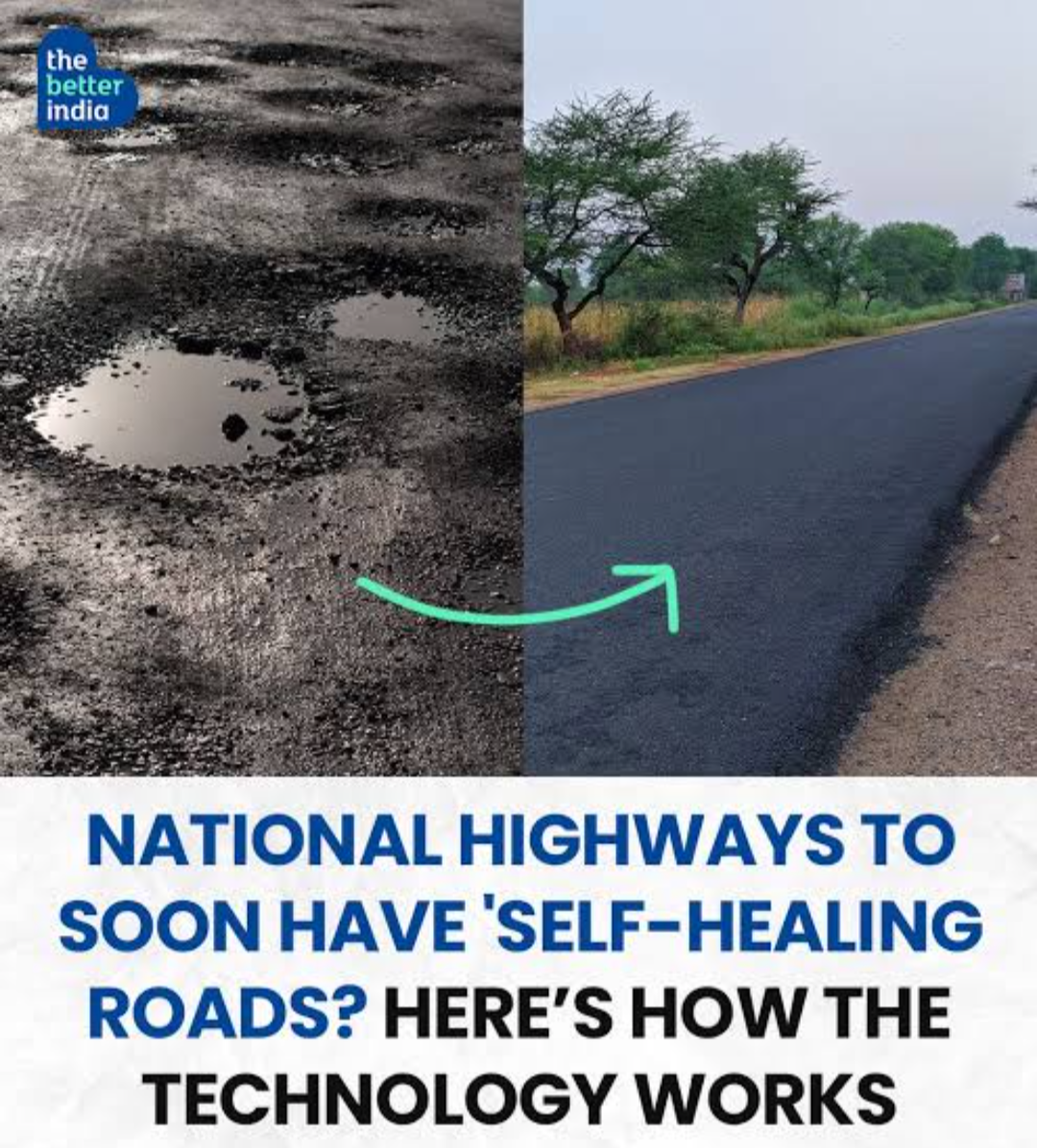AI Revolutionizes Road Maintenance: The Dawn of Self-Healing Roads
AI Revolutionizes Road Maintenance: The Dawn of Self-Healing Roads
Imagine a world where roads repair themselves, eliminating the need for costly and disruptive maintenance. This futuristic vision is becoming a reality thanks to groundbreaking advancements in artificial intelligence (AI) and innovative materials science.
The Problem with Traditional Roads
Traditional asphalt roads are prone to cracking and pothole formation due to constant exposure to heavy traffic, extreme weather conditions, and natural wear and tear. These issues not only lead to costly repairs but also pose significant safety risks to drivers. The traditional approach to road maintenance involves regular inspections and patching, which are both time-consuming and expensive.
Enter Self-Healing Asphalt
Researchers have developed a new type of asphalt that can autonomously repair its own cracks. This self-healing asphalt incorporates microcapsules filled with rejuvenators that release healing agents when cracks form. These agents fill the cracks, effectively sealing them and preventing further damage.
The Role of AI in Self-Healing Roads
AI plays a crucial role in the development and optimization of self-healing asphalt. By analyzing vast amounts of data on road conditions, traffic patterns, and environmental factors, AI algorithms can predict where and when cracks are likely to form. This predictive capability allows for proactive maintenance, ensuring that the self-healing mechanisms are activated at the right time and place.
Google Cloud's AI, for instance, has been instrumental in studying how cracks form in asphalt and identifying the most effective ingredients for self-healing. This AI-driven approach has led to the creation of a special hybrid material that can autonomously repair cracks, significantly extending the lifespan of roads.
Benefits of Self-Healing Roads
The benefits of self-healing roads are manifold:
1. Cost Savings: By reducing the need for frequent repairs, self-healing roads can save municipalities and governments substantial amounts of money. This cost-effectiveness is particularly significant given the high expenses associated with traditional road maintenance.
2. Enhanced Safety: Self-healing roads ensure that cracks and potholes are repaired promptly, reducing the risk of accidents caused by road damage. This proactive approach to maintenance enhances overall road safety for all users.
3. Environmental Impact: Traditional road repairs often involve the use of heavy machinery and materials that contribute to carbon emissions. Self-healing roads minimize the need for such interventions, thereby reducing the environmental footprint of road maintenance.
4. Improved Efficiency: AI-driven predictive maintenance allows for more efficient allocation of resources, ensuring that maintenance efforts are targeted where they are most needed. This streamlined approach enhances the overall efficiency of road management practices.
Future Prospects
The development of self-healing roads is still in its early stages, but the potential is immense. As AI technology continues to advance, we can expect even more sophisticated systems that can not only predict and repair road damage but also optimize traffic flow and enhance overall infrastructure management.
In conclusion, the integration of AI with innovative materials science is paving the way for a new era in road maintenance. Self-healing roads represent a significant leap forward in creating safer, more cost-effective, and environmentally friendly transportation networks. As this technology continues to evolve, it holds the promise of transforming our roads into self-sustaining infrastructures that can withstand the test of time.




Comments
Post a Comment